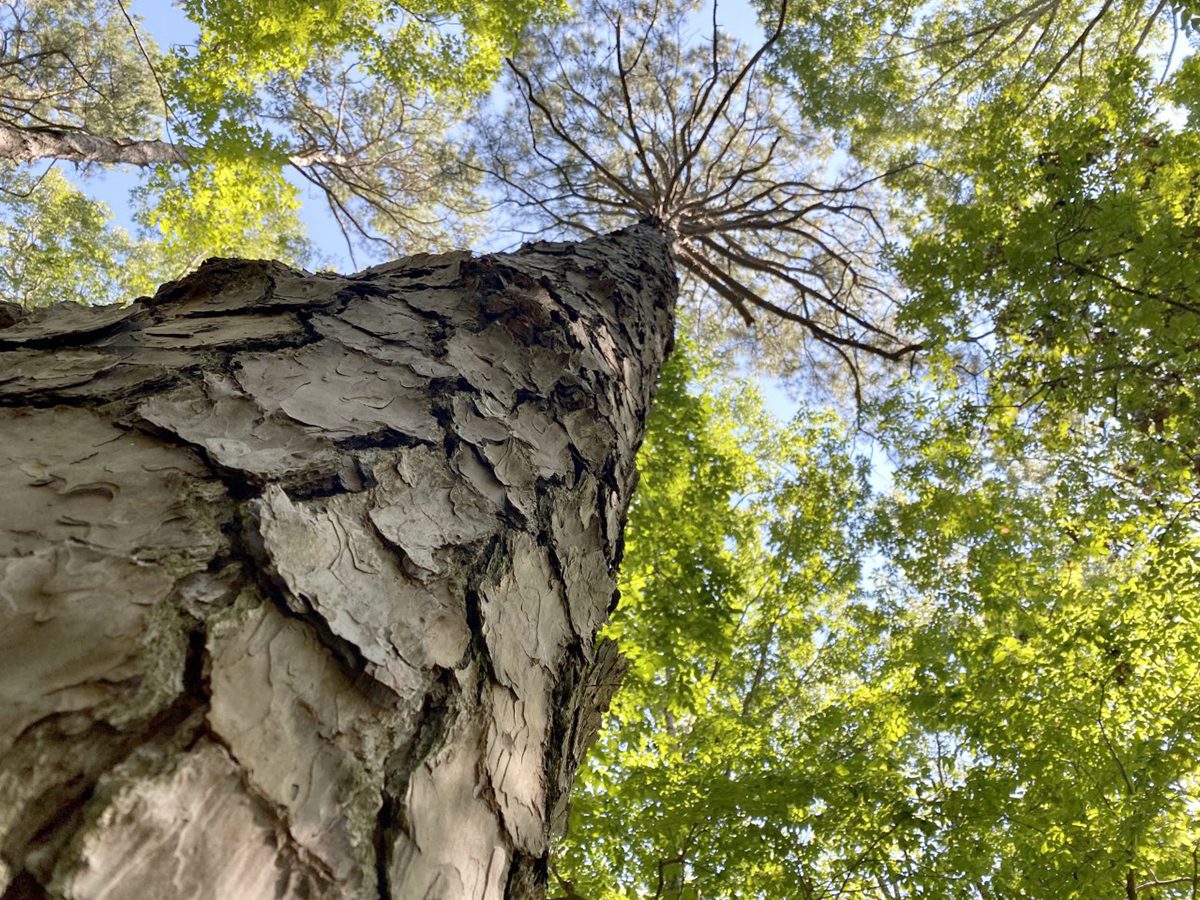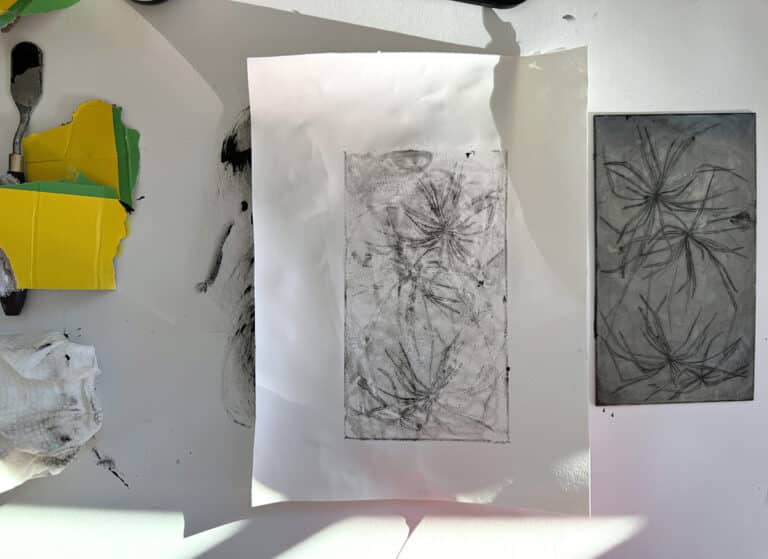Going outside has so many benefits for both you and your students. As art teachers, we are always looking for new and exciting ways to engage students. One way to do this is to take art projects outside the classroom and into the great outdoors. Not only does this provide a change in scenery for your students, but it also allows them to experience art in a whole new way. If you need additional ideas for Creating Art Outside, discover more in PRO Learning.
Keep reading for the benefits of taking art outside, as well as project ideas to try in your own curriculum.
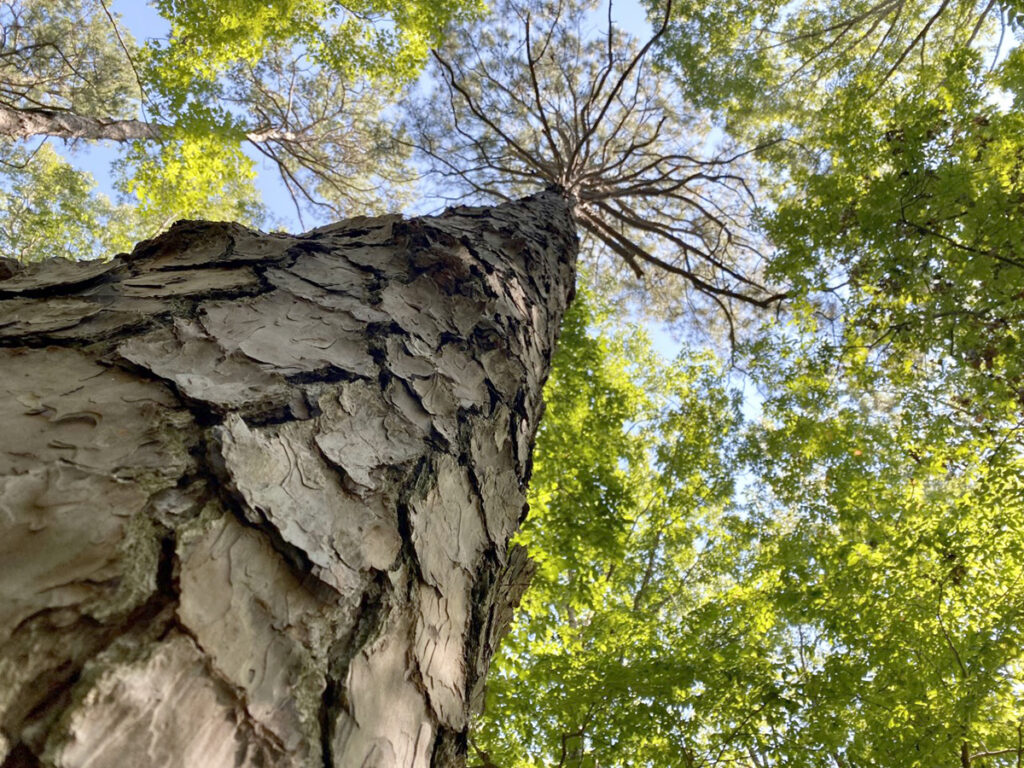
What are the benefits of going outside?
- Fresh Perspective
Being outside allows students to see things from a different angle, which can inspire new ideas and creativity. - Connection to Nature
By creating art in nature, students can develop a deeper appreciation for the natural world and its role in their lives. They are better able to understand the importance of preserving their environment. - Physical Activity
Many outdoor art projects involve movement, which can help students stay active. - Sense of Community
Working on art projects outside can foster community and collaboration among students. - Mental Health
Spending time in nature reduces stress and anxiety. - Problem-Solving
Doing artwork outside presents a new set of challenges for our students to problem-solve, such as weather, light source, location, and adapting to a new environment. - Collaboration and Teamwork
Working outside encourages students to communicate and collaborate. This helps develop social skills and team building.
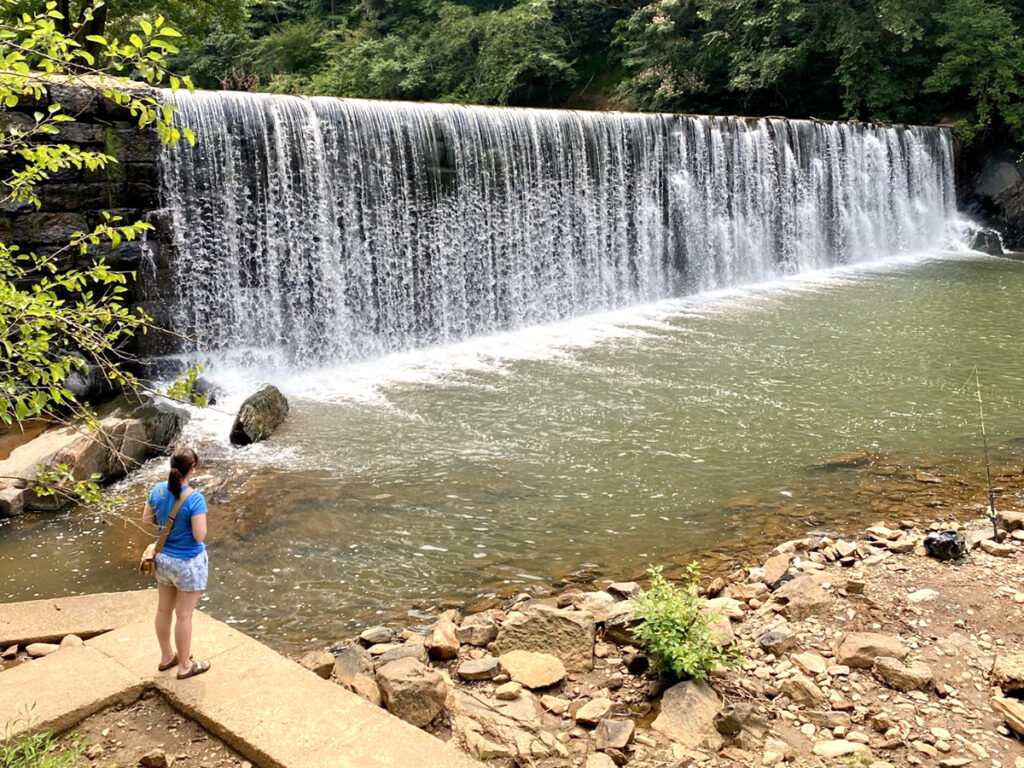
Here are thirteen art project ideas great for the outdoors!
While going outside is fun, remember to review expectations before running out the door with paints and brushes in hand. Student safety and following procedures are imperative when learning in a new space. Work in class time to go over the expectations for outdoor art. And always ask your administrators what outdoor locations are acceptable and accessible for your classes.
1. Chalk Drawing
Many outdoor spaces on campus have pavement or cement. Take chalk outside and do some lessons on chalk drawing. The best part is that your students beautify the campus in the process!
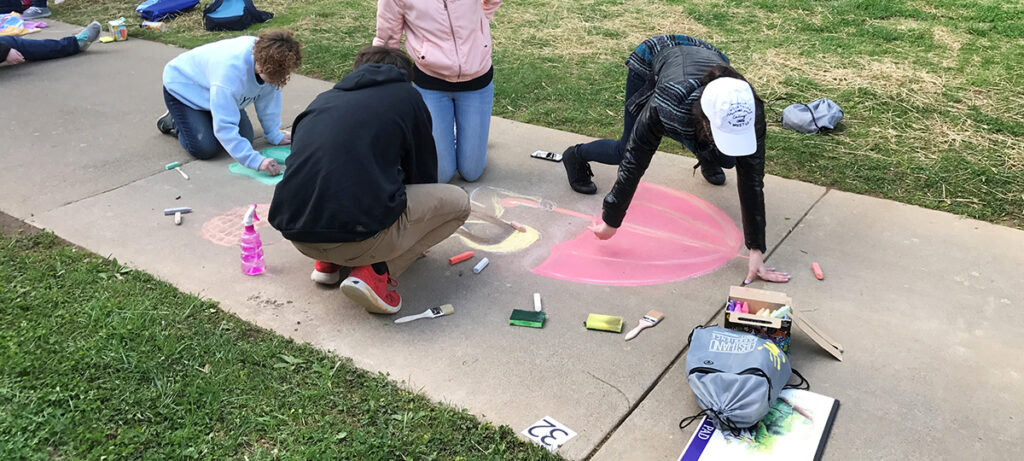
2. Photography
Great lighting, interesting subject matter, and the flexibility of digital cameras can make a photography unit a breeze! To learn more about incorporating Digital Photography Basics, check out the Collection in FLEX Curriculum.
3. Shadow Drawing
Cover basic elements and principles of art in a new way with shadow drawing! Introduce or review shape, negative and positive space, and even composition with this lesson. Take your students outside while there is direct sunlight to look for interesting shadows. Students use any art material to trace the shadows onto their paper. Watch this Instagram Live Make Art With Me for more extensions.
4. Nature Sculpture and Collage
Take students outside to create nature sculptures for a change of pace and perspective. Students can also collect leaves, sticks, and other natural materials to create collages.

5. Nature Printing
Printmaking is always a fun and immersive experience for students. Try out monoprinting with collected nature items. If you want more in-depth information on this process, check out the “Nature-Inspired Monoprinting” lesson in FLEX Curriculum.
6. Plein-Air Painting
Creating quick compositions and building observational skills are concepts you can cover with plein-air painting. To streamline the materials needed, make marker paintings. For more information, download the “Plein-Air Marker Paintings” lesson in the Creating With Nature Collection in FLEX Curriculum.
7. Observational Nature Drawing
Observational drawing is a valuable skill you can help your students practice. Instead of a traditional still-life drawing, students choose what subject to draw from nature. Draw the item outside and draw or bring it inside after a scavenger hunt.
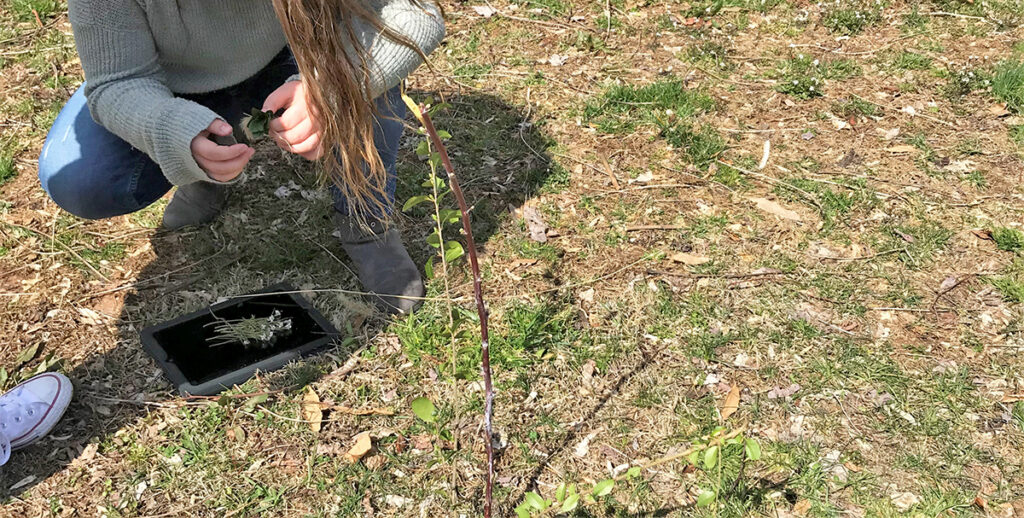
8. Cyanotype Prints
This early photography method uses paper coated with iron salts that react with ultraviolet light. Placing items directly on the paper and exposing it to natural light creates a direct print of whatever is on the paper. Students will enjoy collecting items to create their cyanotype prints. Experiment with the placement of each item to practice composition skills. Read this article for more on sun printing.
9. Spray Paint
Well-ventilated areas are a must to use spray paint. Collect new or leftover cans of spray paint. Add a coat to assemblages or found object sculptures to create unity. Or use it to tone a canvas before adding new techniques and layers.
10. Texture Rubbing
The outdoors have a variety of textured surfaces. Explore the element of texture and create custom texture rubbings. Use the “Texture Scavenger Hunt Collage” lesson from the Creating With Nature Collection in FLEX Curriculum for step-by-step instructions.
11. Natural Tools and Pigments
Experiment with creating paints and drawing materials with items found outside. You can make art with almost any natural material, from ground-up leaves to dirt and flowers! Play with the unique marks sticks, grasses, or bark can make.
12. Tie-Dye
Tie-dye is a truly messy method of creating artwork. However, you don’t need a sink to create tie-dye. When outdoors, grab a hose and make sure you have plenty of open workspaces. For quick tips, check out these two articles (1, 2), and for a more in-depth look at the process, watch the Tie-Dye Techniques Pack in PRO Learning.
13. Just Take Your Project Outside!
When in doubt, take the project you are working on outside! If you and your students are having a mediocre week or your project feels a bit stale, a change in scenery can rejuvenate the mood.
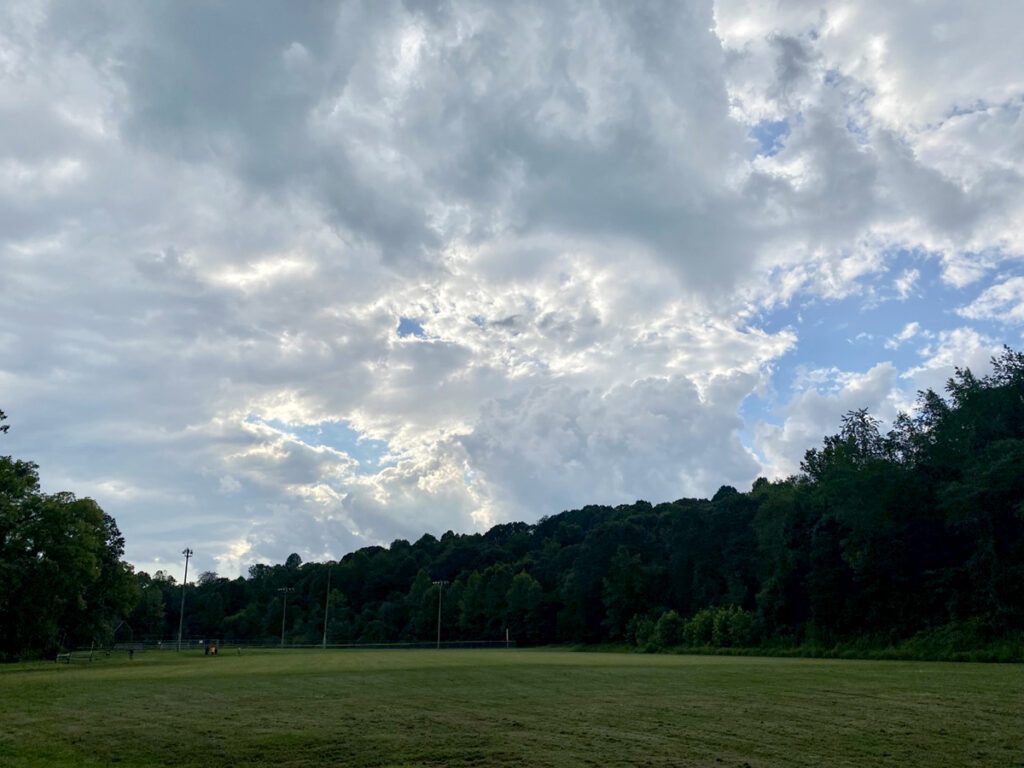
Take art projects outside for a fresh way to experience art. From nature collages to plein-air painting, there are many ways to incorporate the outdoors into your art lessons. Students will benefit from the change of scenery and connection to nature. They will also have the opportunity to be active and collaborate with their classmates. Improve your classes’ mental health and motivation levels—grab some art supplies and head outside!
What project will you take outside this spring?
What benefits have your students gained from going outdoors?
Magazine articles and podcasts are opinions of professional education contributors and do not necessarily represent the position of the Art of Education University (AOEU) or its academic offerings. Contributors use terms in the way they are most often talked about in the scope of their educational experiences.
